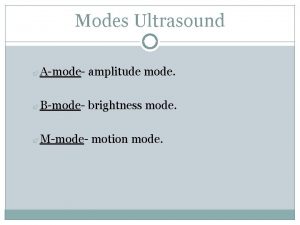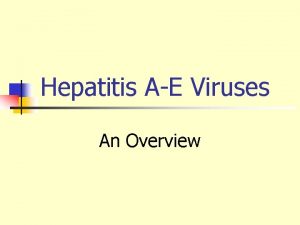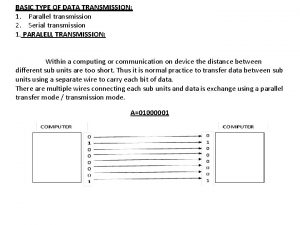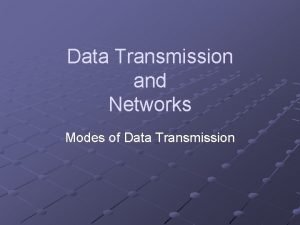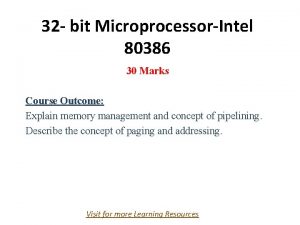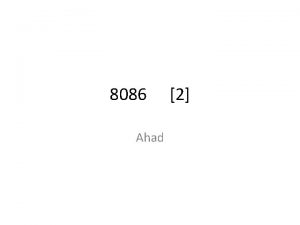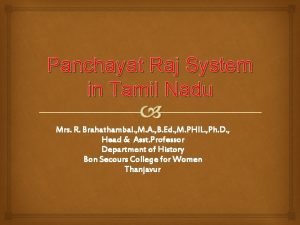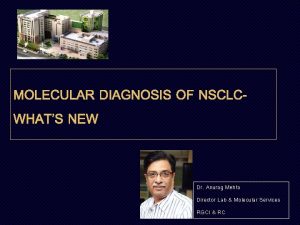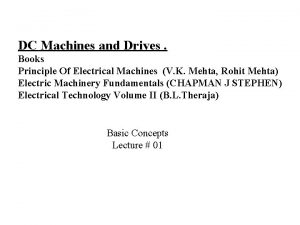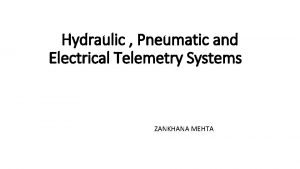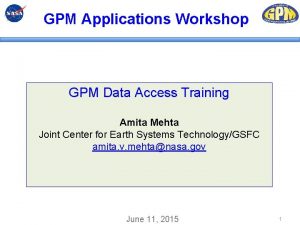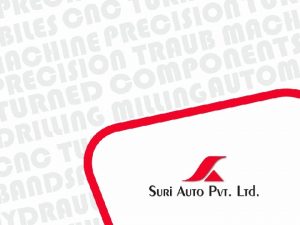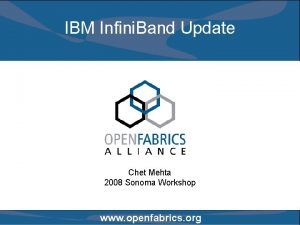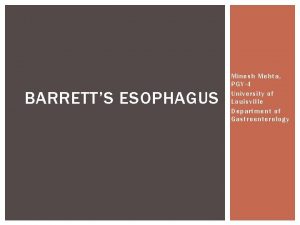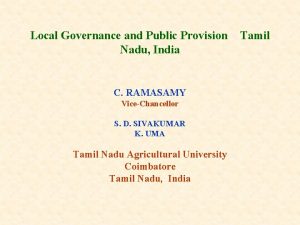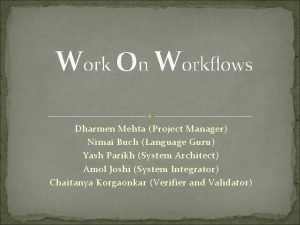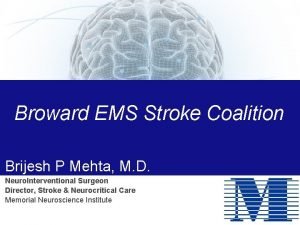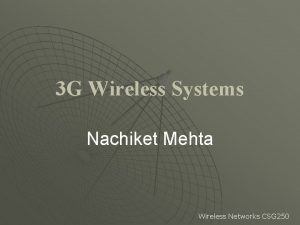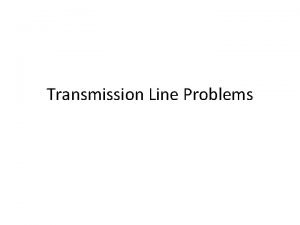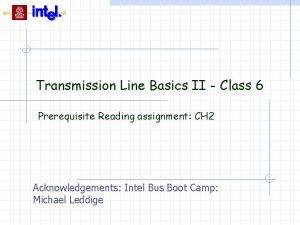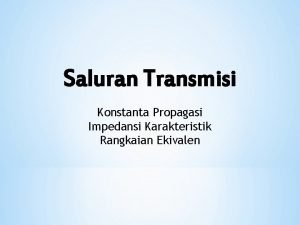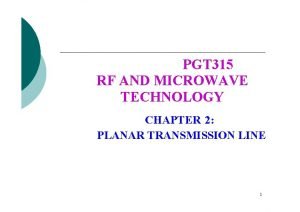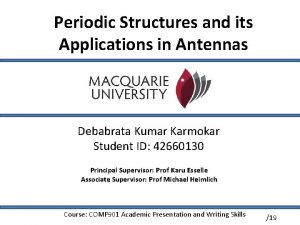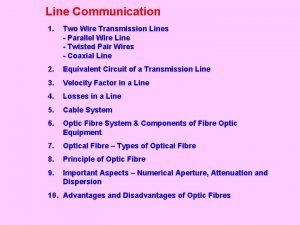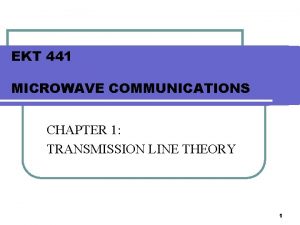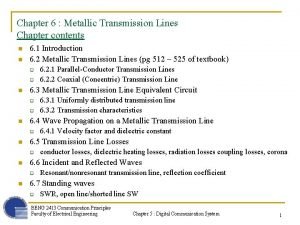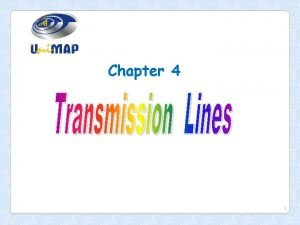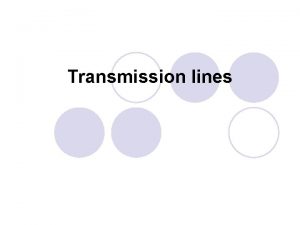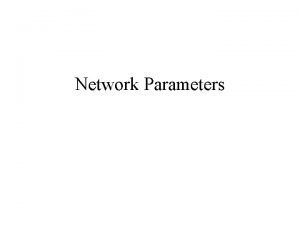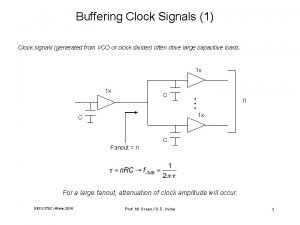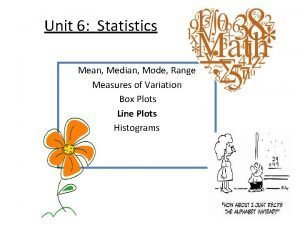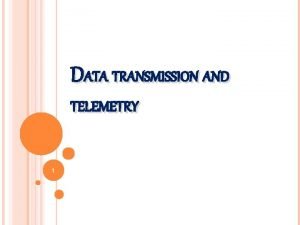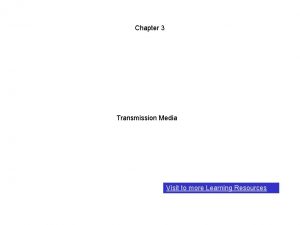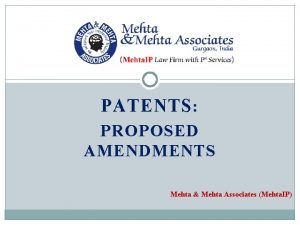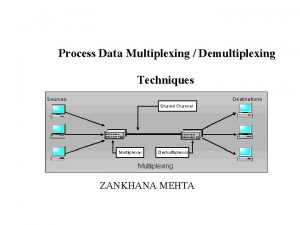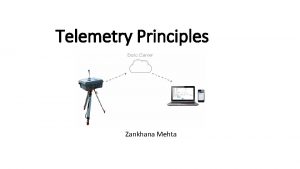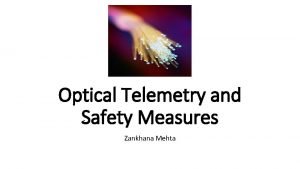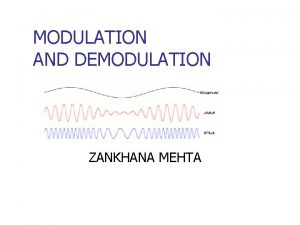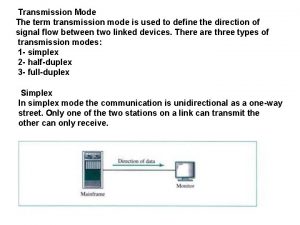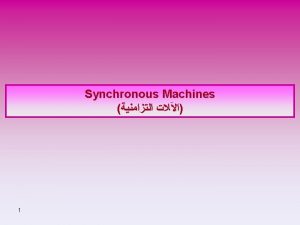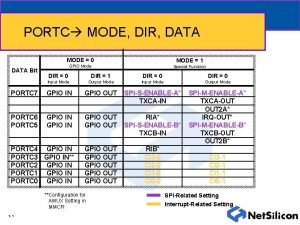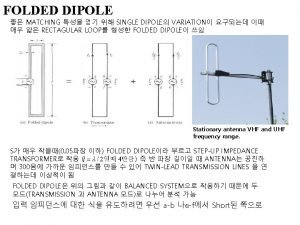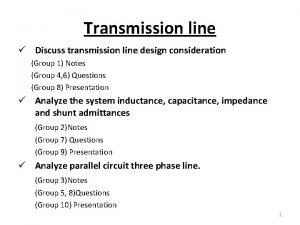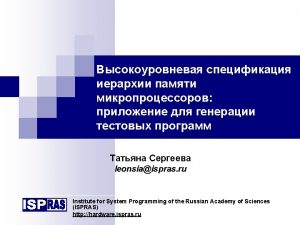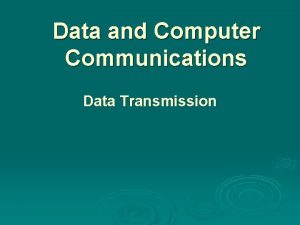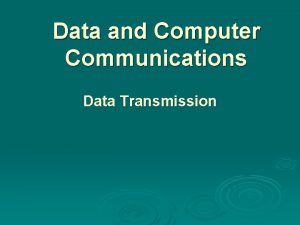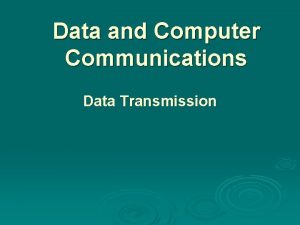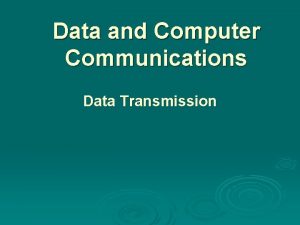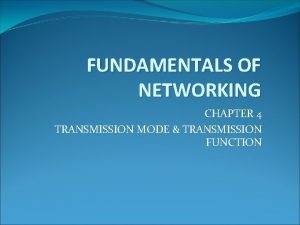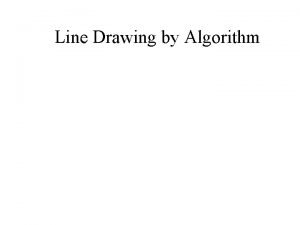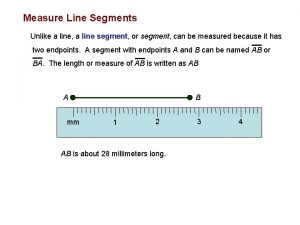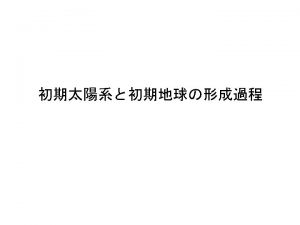Transmission Line Zankhana Mehta DATA Transmission Mode of





















































- Slides: 53

Transmission Line Zankhana Mehta

DATA Transmission

Mode of transmission: • Simplex • half duplex • Full duplex

Simplex • When I talk you listen Receiver Transmitter

half duplex • I talk you listen and after that You talk I listen Receiver Transmitter Receiver


Full duplex • We both Talk! Receiver Transmitter Receiver

At Glance…

Transmission Media • Guided (Wired) • Unguided (Wireless)


Twisted Pair

Applications • • • Most common transmission media for both digital and analog signals Less expensive compared to coaxial cable or optical fiber. Limited in terms of data rate and distance Telephone network Individual units (residence lines) to local exchange (end office) Subscriber loops Supports voice traffic using analog signalling May handle digital data at modest rates using modems Communications within buildings Connection to digital data switch within a building

Coaxial Pair

Application • Most common use is in cable TV. • Traditionally part of long distance telephone network • Can carry more than 10, 000 voice channels simultaneously using frequency-division • multiplexing • Short range connections between devices

OPTICAL FIBER • OPTICAL FIBER:

Travel of Light inside OFC


Application • Medical : endoscopy and Laparoscopy • Telecommunication : • High Speed Data transmission in Defense applications • Temperature Measurement : Sensors • LAN Systems in Offices and Home Networks • Video Phone • Under Sea Communications

Unguided Transmission Media • Radio, • sky wave, • space wave, • Infrared

Radio Waves • AM Waves • FM Waves

Radio Waves

Radio Waves

Sky Wave

Space Wave


Infrared Waves

Transmission Methods

Serial Transmission


Synchronous and Asynchronous Transmission

Synchronous and Asynchronous Transmission

Parallel Transmission

At Glance. .

• YEAH Finally Reached @ Reliance!!!!!!!


Protocol

Communication Techniques • BUS

Foundation Field Bus • A fieldbus is an all-digital, serial two-way, multi-drop communication System. • H 1 network interface to field equipment: Sensors, Actuators & I/O. • HSE provides integration of high speed controllers, subsystems (via Linking Device) and data servers and workstation. (High Speed Ethernet, 100 mbps)

Field Bus Components

Benefits of Fieldbus • Reduced wiring • Communications of multiple process variables from a single instrument • Advanced diagnostics • Interoperability between devices of different manufacturers • Enhanced field level control • Reduced start-up time • Simpler integration.

Application • Industrial Communication

Profibus • Profi. Bus (PROcess FIeld BUS) is a widely accepted international networking standard, commonly found in process control and in large assembly and material handling machines. • It supports single-cable wiring of multi-input sensor blocks, pneumatic valves, complex intelligent devices, smaller sub-networks , and operator interfaces. • It is an open, vendor independent standard • Use master and slave configuration.

Master and Slave

Profibus

Profibus Features • Profi. Bus uses 9 -Pin D-type connectors (impedance terminated) or 12 mm round (M 12 -style) quick-disconnectors. • The number of nodes is limited to 127. • The distance supported is up to 24 km. • The message size can be up to 244 bytes of data per node per message.

IEEE 488 (GPIB) • IEEE-488 is a short-range digital communications bus specification. • It is commonly called GPIB (General Purpose Interface Bus). • IEEE-488 is an 8 -bit, electrically parallel bus • Every device on the bus has a unique 5 -bit primary address, in the range from 0 to 30 • The standard allows up to 15 devices to share a single physical bus of up to 20 meters total cable length • The physical topology can be linear or star

IEEE 488 (GPIB)

IEEE 488 (GPIB)

Application • Today, GPIB is the most popular interface between computer and instruments. • The IEEE 488 standard has been widely accepted by instrument vendors for decades.

HART Most used protocol in industries

HART - Principle ØHART (Highway Addressable Remote Transducer) was developed by Fisher. Rosemount to retrofit 4 -to-20 m. A current loop transducers with digital data communication. Ø HART modulates the 420 m. A current with a lowlevel frequency-shiftkeyed (FSK) sine-wave signal, without affecting the average analogue signal. ØHART uses low frequencies (1200 Hz and 2200 Hz) to deal with poor cabling. ØHART uses Bell 202 modem technology, enables bidirectional communication even in hazardous environments

Typical performance features : proven in practice, simple design, easy to maintain and operate Ø Øcompatible with conventional analog instrumentation Øsimultaneous analog and digital communication Øoption of point-to-point or multidrop operation Øflexible data access via up to two master devices Øsupports multivariable field devices Øsufficient response time of approx. 500 ms Øopen de-facto standard freely available to any manufacturer or user

HART devices
 Brightness mode ultrasound
Brightness mode ultrasound Hep b mode of transmission
Hep b mode of transmission Trypanosoma mode of transmission
Trypanosoma mode of transmission Parallel transmission mode
Parallel transmission mode Three modes of data transmission
Three modes of data transmission Focus mode and diffuse mode
Focus mode and diffuse mode Mode địa chỉ tức thì là mode
Mode địa chỉ tức thì là mode Difference between real mode and virtual mode of 80386
Difference between real mode and virtual mode of 80386 In auto-reload mode a timer t0 in 8051 operates as
In auto-reload mode a timer t0 in 8051 operates as Gartner mode 1 mode 2
Gartner mode 1 mode 2 Perbedaan (planning mode) dan (evolutionary mode)
Perbedaan (planning mode) dan (evolutionary mode) Reset pin in 8086
Reset pin in 8086 Eg subject code
Eg subject code Mehta cast
Mehta cast L.m. singhvi committee in tamil
L.m. singhvi committee in tamil Dr anurag mehta
Dr anurag mehta Mehta casting
Mehta casting Manoj mehta ficci
Manoj mehta ficci Principles of electrical machines vk mehta
Principles of electrical machines vk mehta Minesh mehta md
Minesh mehta md Tanya singh husband
Tanya singh husband Mehta hydraulics
Mehta hydraulics Amari mehta
Amari mehta Amita mehta nasa
Amita mehta nasa Ng technology atul
Ng technology atul Rakesh mehta nsdl
Rakesh mehta nsdl Sonoma interconnect
Sonoma interconnect Mehta
Mehta Balwant rai mehta committee
Balwant rai mehta committee Nimai mehta
Nimai mehta Sohin mehta
Sohin mehta Alexandra mehta
Alexandra mehta Febrile convulsions
Febrile convulsions Brijesh mehta md
Brijesh mehta md Nachiket mehta
Nachiket mehta Lossless transmission line examples
Lossless transmission line examples Transmission line examples
Transmission line examples Rangkaian ekivalen saluran transmisi
Rangkaian ekivalen saluran transmisi Microstrip transmission line
Microstrip transmission line Microstrip transmission line
Microstrip transmission line Mechanical design of transmission line
Mechanical design of transmission line Two wire communication
Two wire communication Electrical length
Electrical length Transmission line velocity
Transmission line velocity Reflection coefficient
Reflection coefficient Transmission line velocity
Transmission line velocity Scattering matrix
Scattering matrix Lossless transmission line
Lossless transmission line Mean median mode example problems
Mean median mode example problems How to find the mean on a line plot
How to find the mean on a line plot Line graph mean median mode
Line graph mean median mode Current telemetry system
Current telemetry system Digital data digital signals
Digital data digital signals Transmission media in data communication
Transmission media in data communication
